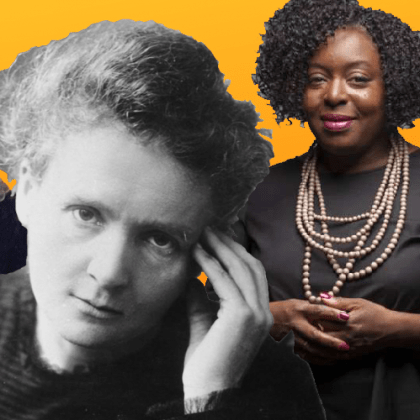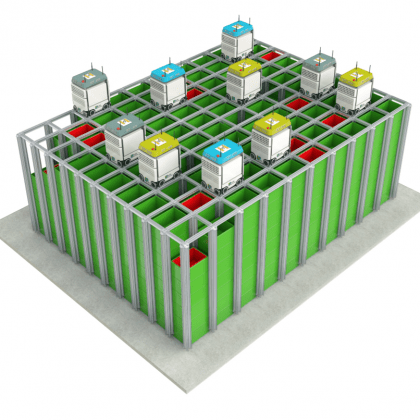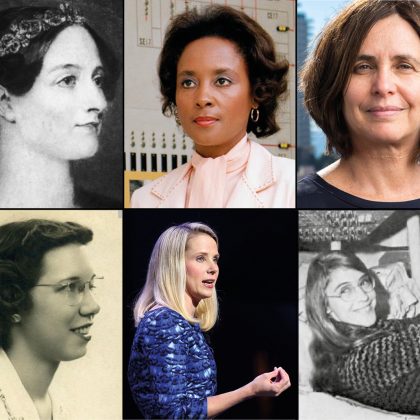Madrid and the far right 1945-1953
This accompanies Pablo del Hierro’s Contemporary European History article ‘The Neofascist Network and Madrid, 1945–1953: From City of Refuge to Transnational Hub and Centre of Operations’
In 1913, the famous Spanish writer, Emilia Pardo Bazán, wrote a piece in the journal La Ilustración Artística, in which she described the city of Madrid as “bold, joyous and curious”. Almost one hundred years later, Madrid’s city hall has decided to recuperate that motto to celebrate the poet who had lived in the Spanish capital for more than 50 years.[1] Indeed, the depiction of Madrid as a vibrant and dynamic city with a hectic night life, has become almost a cliché in every touristic guide of the Spanish capital. However, one should realise that this is just one of the many ways in which Madrid has been described over the years. For centuries, Madrid was represented as a rather bureaucratic city, most notable for being the host of the Monarchs’ court. Later on, the city’s image changed as it became a centre for political activities, with the main trade unions and parties establishing the headquarters there.[2] For a brief period of time, Madrid was even portrayed as the ‘tomb of fascism’ or the global capital of anti-fascism, coinciding with the unsuccessful offensive of the rebel armies during the Spanish Civil War.[3] This image, though, would not last long: the victorious Francoist authorities tried to erase the Republican past from the collective memory to promote a city which should now represent the very essence of the new regime.[4] With the transition to democracy, though, Madrid authorities would embrace a different image, that of a young dynamic city, a hotspot for European tourists who could come to enjoy the gastronomy, the culture and the nightlife.[5] In other words, Madrid has been portrayed under many different angles over the past centuries.
In my Contemporary European History article, ‘The neofascist network and Madrid, 1945-1953: from city of refuge to transnational hub and centre of operations.’, I am adding a new perspective from which to understand the Spanish capital, that of a metropolis for far right activism. Put simply, I use the city of Madrid as a vantage point from where to trace the evolution of the neofascist networks between 1945 and 1953. On the basis of police reports, secret service intelligences, personal diaries and other primary sources, this paper foregrounds the role of the fascist diaspora and the subsequent interactions as driving forces enabling entanglements, and cooperation among (neo)-fascist movements and the Francoist regime, at various formal or informal political levels.
What I found most interesting when writing the piece was the progressive transformation of the city, from a mere haven for quislings, to a hub of neofascist activism. Between 1945 and 1953, scores of former fascists flocked to the Spanish capital; initially, they were just looking for a safe lay-over in their escape from Allied justice. As time went by and Allied pressure relaxed, though, they began to realise that Madrid could be more than that, that it could be used as a centre of operations, an arena in which it was possible to reunite and reflect upon potential changes to their ideology and upon new tactics in the light of the new international situation. In this regard, I should clarify that Madrid is not presented in the article as the first, nor the only contributor to the evolution of neofascism after 1945. In a way, this piece argues that the seeds for global neofascism were planted in Madrid and cities like Madrid, such as Buenos Aires, Rome, Lisbon or Cairo, that first provided a safe space, and then later headquarters from which to plan future actions. Having said that, Madrid was crucial not only as a hub from which ideas resonated more widely, but also as a generator of new fascist narratives through exchange. The outcome of all these interactions within Madrid was the creation of a highly fluid exile community, composed of far-right activists with various backgrounds, motivations, and strategies. In the streets around the centre of Madrid, they liaised, and engaged with each other. They discussed the past, the present and the future of Europe, re-assessing their experiences of the interwar period. The ensuing remapping of the neofascist political geography, and their own position in the global anti-communist struggle, made these activists reconceptualize their movement as part of the global revolt against communism, the European integration process, as well as parliamentary democracy, something which would be crucial for neofascism in the 1960s and 1970s.
However, this article does not just further our understanding of the neofascist networks in the years immediately after the end of the Second World War. It also helps us better understand the evolution of the city of Madrid after 1945, by looking at it from a different angle. By studying it as a space in which far right activists settled and launched their political initiatives during several decades, we can also grasp some of the latest developments. For instance, we can understand how the Spanish capital has become a stronghold for right-wing parties during the last 25 years, or why the extreme right wing party Vox has performed so well during the past elections. Although these developments have multiple causes, the strong presence of far right elements since 1945 is one of the explanatory factors which should be taken into consideration.
Read the full Open Access article
[1] Madrid’s City Hall website, “Emilia Pardo Bazán vuelve a las calles de Madrid por su centenario”, 12-4-2021, in https://www.madrid.es/portales/munimadrid/es/Inicio/Cultura-ocio-y-deporte/Centenario-de-Emilia-Pardo-Bazan/Emilia-Pardo-Bazan-vuelve-a-las-calles-de-Madrid-por-su-centenario/?vgnextfmt=default&vgnextoid=36c69d3acc5c8710VgnVCM1000001d4a900aRCRD&vgnextchannel=70dd479deffc8710VgnVCM1000001d4a900aRCRD, last retrieved on 20-5-2021.
[2] Antonio Fernández Garcia, Historia de Madrid, (Universidad Complutense de Madrid, Madrid, 1993).
[3] Hugo García, ‘World capital of anti-fascism’? The making –and breaking– of a global left in Spain, 1936-39’, in David Featherstone, Nigel Copsey and Kasper Braskén, eds.: Anti-Fascism in a Global Perspective: Transnational Networks, Exile Communities and Radical Internationalism, (London: Routledge, 2020).
[4] Zira Box, España, año cero: la construcción simbólica del franquismo, (Madrid: Alianza, 2010).
[5] Hamilton Stapell, Remaking Madrid: Culture, Politics, and Identity After Franco, (Palgrave, London, 2010).
Main image: Francisco Franco in the church of Santa María, Wikimedia Commons






